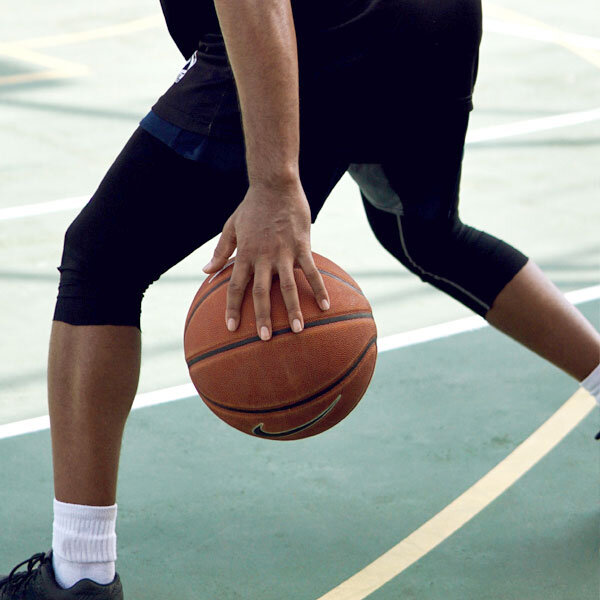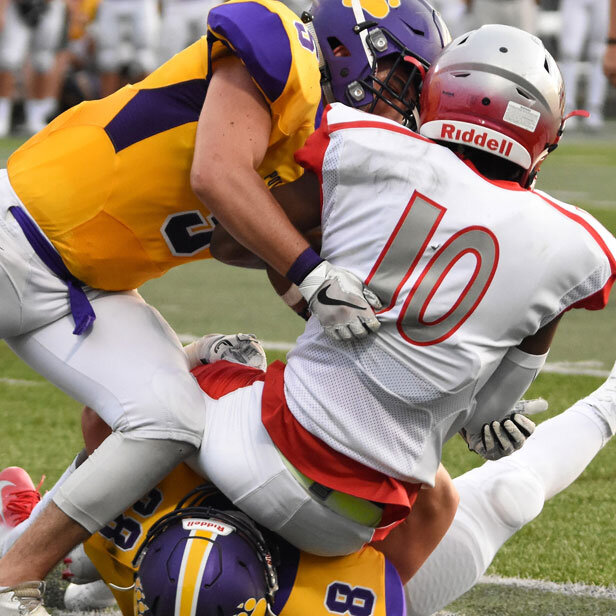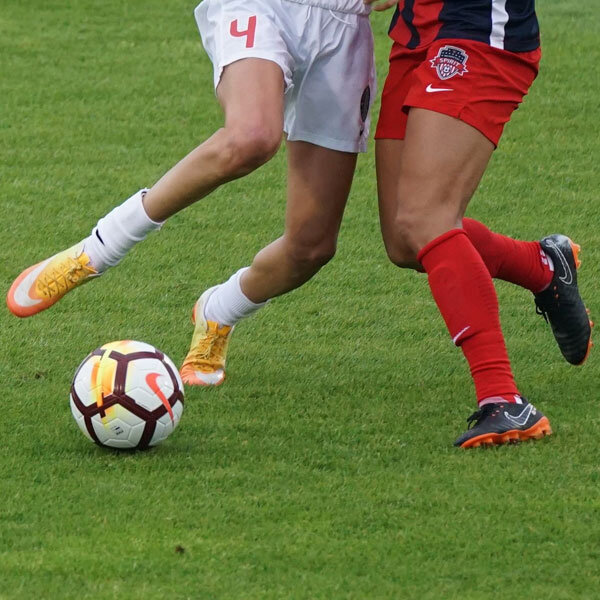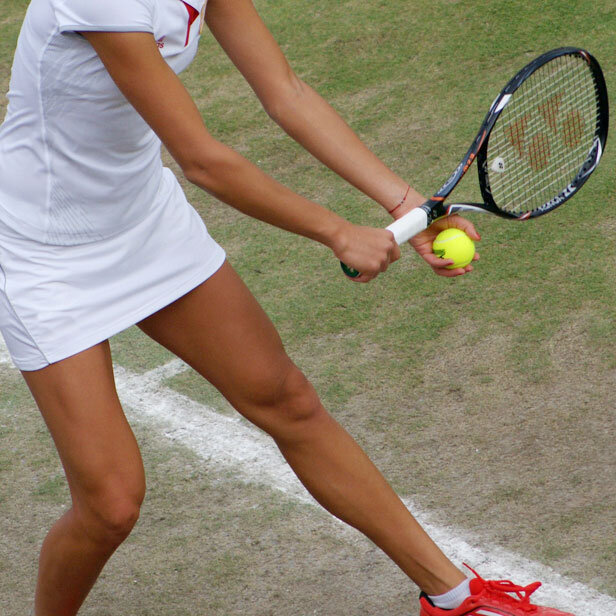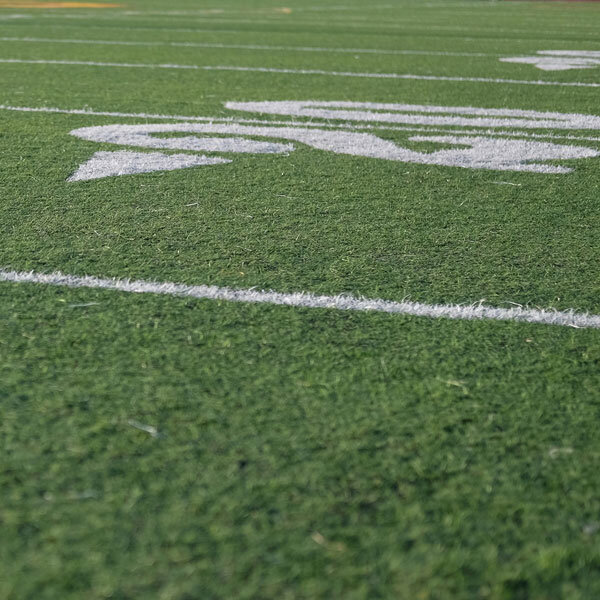POST OPERATIVE INSTRUCTIONS
HAMSTRING ACL REHABILITATION GUIDELINES
General Information
The following ACL rehabilitation guidelines are based on a review of the randomized controlled trials related to ACL rehabilitation. For many aspects of ACL rehabilitation there are either no studies that qualify as “best-evidence” or the number of studies is too few for conclusions to be drawn with confidence. In these circumstances, the recommendations are based upon the guidance of the MOON panel of content experts.
The guidelines have been developed to service the spectrum of ACL injured people (non-athlete ↔ elite athlete). For this reason, example exercises are provided instead of a highly structured rehabilitation program. Attending rehabilitation specialists should tailor the program to each patient’s specific needs.
Progression from one phase to the next is based on the patient demonstrating readiness by achieving functional criteria rather than the time elapsed since surgery. The timeframes identified in parentheses after each Phase are approximate times for the average patient.
The recommended number of visits to the rehabilitation specialist (including visits merely for evaluation / exercise progression) is 16 to 24 visits with the majority of the visits occurring early (BIW x 6 weeks). However, it is recognized that some patient’s health plans are severely restrictive.
Phase 0: Pre-operative Recommendations
PHASE 1: Immediate Post-operative Phase
PHASE 2: Early Rehabilitation Phase
PHASE 3: Strengthening & Control Phase
PHASE 4: Advanced Training Phase
PHASE 5: Return-to-Sport Phase
PHASE 0:
Pre-Operative Recommendations
• Normal gait
• AROM 0 to 120 degrees of flexion
• Strength: 20 SLR with no lag
• Minimal effusion
• Patient education on post-operative exercises and need for compliance
• Educated in ambulation with crutches
• Wound care instructions
• Educated in MOON follow-up expectations
PHASE 1:
Immediate Post Operative Phase
(Approximate timeframe: Surgery to 2 weeks)
GOALS
• Full knee extension ROM
• Good quadriceps control (> 20 no lag SLR)
• Minimize pain
• Minimize swelling
• Normal gait pattern
Crutch Use: WBAT with crutches (beginning the day of surgery)
Crutch D/C Criteria:
Normal gait pattern
Ability to safely ascend/descend stairs without noteworthy pain or Instability (reciprocal stair climbing)
Knee Immobilizer: Used for first 7-10 days only.
Cryotherapy: Cold with compression/elevation (e.g. Cryo-cuff, ice with compressive stocking)
• First 24 hours or until acute inflammation is controlled: every hour for 15 minutes
• After acute inflammation is controlled: 3 times a day for 15 minutes
• Crushed ice in the clinic (post-acute stage until D/C)
EXERCISE SUGGESTIONS
ROM
• Extension: Low load, long duration (~5 minutes) stretching (e.g., heel prop, prone hang minimizing co-contraction and nocioceptor response)
• Flexion: Wall slides, heel slides, seated assisted knee flexion, bike: rocking-for-range
• Patellar mobilization (medial/lateral mobilization initially followed by superior/inferior direction while monitoring reaction to effusion and ROM)
Muscle Activation/Strength
• Quadriceps sets emphasizing vastus lateralis and vastus medialis activation
• SLR emphasizing no lag
• Double-leg quarter squats
• Standing theraband resisted terminal knee extension (TKE)
• Hamstring sets
• Hamstring curls
• Side-lying hip adduction/abduction (Avoid adduction moment in this phase with concomitant grade II – III MCL injury)
• Quad/ham co-contraction supine
• Prone Hip Extension
• Ankle pumps with theraband
• Heel raises (calf press)
Cardiopulmonary
• UBE or similar exercise is recommended
Scar Massage (when incision is fully healed)
CRITERIA FOR PROGRESSION TO PHASE 2
• 20 no lag SLR
• Normal gait
• Crutch/Immobilizer D/C
• ROM: no greater than 5º active extension lag, 110º active flexion
PHASE 2:
Early Rehabilitation Phase
(Approximate timeframe: weeks 2 to 6)
GOALS
• Full ROM
• Improve muscle strength
• Progress neuromuscular retraining
EXERCISE SUGGESTIONS
ROM
• Low load, long duration (assisted prn)
• Heel slides/wall slides
• Heel prop/prone hang (minimize co-contraction / nociceptor response)
• Bike (rocking-for-range → riding with low seat height)
• Flexibility stretching all major groups
Strengthening
Quadriceps:
• Quad sets
• Mini-squats/wall-squats
• Steps-ups
• Knee extension from 90o to 40o
• Leg press
• Shuttle Press without jumping action
Hamstrings:
• Hamstring curls
• Resistive SLR with sports cord
Other Musculature:
• Hip adduction/abduction: SLR or with equipment
• Standing heel raises: progress from double to single leg support
• Seated calf press against resistance
• Multi-hip machine in all directions with proximal pad placement
Neuromuscular Training
• Wobble board
• Rocker board
• Single-leg stance with or without equipment (e.g. instrumented balance system)
• Slide board
• Fitter
Cardiopulmonary
• Bike
• Elliptical trainer
• Stairmaster
CRITERIA FOR PROGRESSION TO PHASE 3
• Full ROM
• Minimal effusion/pain
• Functional strength and control in daily activities
• IKDC Question # 10 (Global Rating of Function) score of > 7
PHASE 3:
Strengthening & Control Phase
(Approximate timeframe: weeks 7 through 12)
GOALS
• Maintain full ROM
• Running without pain or swelling
• Hopping without pain, swelling or giving-way
EXERCISE SUGGESTIONS
Strengthening
• Squats
• Leg press
• Hamstring curl
• Knee extension 90º to 0º
• Step-ups/down
• Lunges
• Shuttle
• Sports cord
• Wall squats
Neuromuscular Training
• Wobble board / rocker board / roller board
• Perturbation training
• Instrumented testing systems
• Varied surfaces
Cardiopulmonary
• Straight line running on treadmill or in a protected environment (NO cutting or pivoting)
• All other cardiopulmonary equipment
CRITERIA FOR PROGRESSION TO PHASE 4
• Running without pain or swelling
• Hopping without pain or swelling (Bilateral and Unilateral)
• Neuromuscular and strength training exercises without difficulty
PHASE 4:
Advanced Training Phase
(Approximate timeframe: weeks 13 to 16)
GOALS
• Running patterns (Figure-8, pivot drills, etc.) at 75% speed without difficulty
• Jumping without difficulty
• Hop tests at 75% contralateral values (Cincinnati hop tests: single-leg hop for distance, triple-hop for distance, crossover hop for distance, 6-meter timed hop)
EXERCISE SUGGESTIONS
Aggressive Strengthening
• Squats
• Lunges
• Plyometrics
Agility Drills
• Shuffling
• Hopping
• Carioca
• Vertical jumps
• Running patterns at 50 to 75% speed
• Initial sports specific drill patterns at 50 – 75% effort
Neuromuscular Training
• Wobble board / rocker board / roller board
• Perturbation training
• Instrumented testing systems
• Varied surfaces
Cardiopulmonary
• Running
• Other cardiopulmonary exercises
CRITERIA FOR PROGRESSION TO PHASE 5
• Maximum vertical jump without pain or instability
• 75% of contralateral on hop tests
• Figure-8 run at 75% speed without difficulty
• IKDC Question # 10 (Global Rating of Knee Function) score of > 8
PHASE 5:
Return-to-Sport Phase
(Approximate timeframe: weeks 17 to 20)
GOALS
• 85% contralateral strength
• 85% contralateral on hop tests
• Sport specific training without pain, swelling or difficulty
EXERCISE SUGGESTIONS
Aggressive Strengthening
• Squats
• Lunges
• Plyometrics
SPORT SPECIFIC ACTIVITIES
• Interval training programs
• Running patterns in football
• Sprinting
• Change of direction
• Pivot and drive in basketball
• Kicking in soccer
• Spiking in volleyball
• Skill / biomechanical analysis with coaches and sports medicine team
RETURN-TO-SPORT EVALUATION RECOMMENDATIONS:
• Hop tests (single-leg hop, triple hop, cross-over hop, 6 meter timed-hop)
• Isokinetic strength test (60°/second)
• Vertical jump
• Deceleration shuttle test
• MOON outcomes measure packet (mandatory; should be completed post-testing)
RETURN-TO-SPORT CRITERIA:
• No functional complaints
• Confidence when running, cutting, jumping at full speed
• 85% contralateral values on hop tests
Dr. McAllister's Orthopedic and Sports Medicine Areas of Speciality
